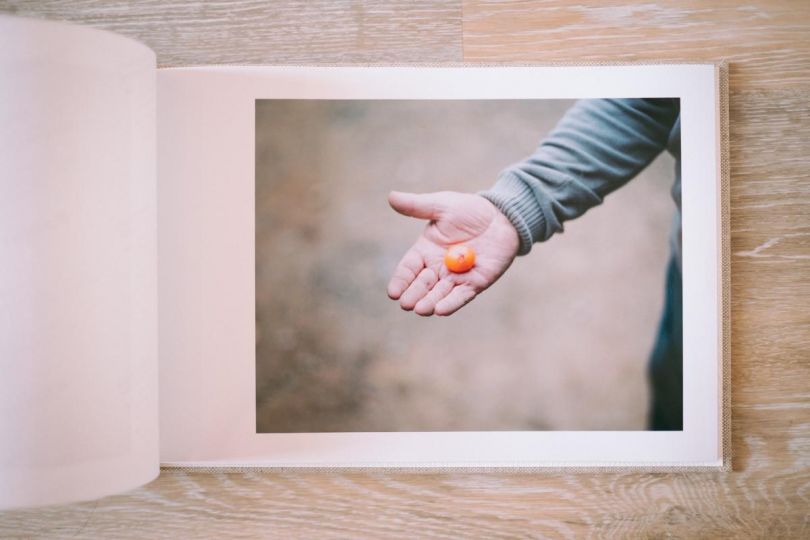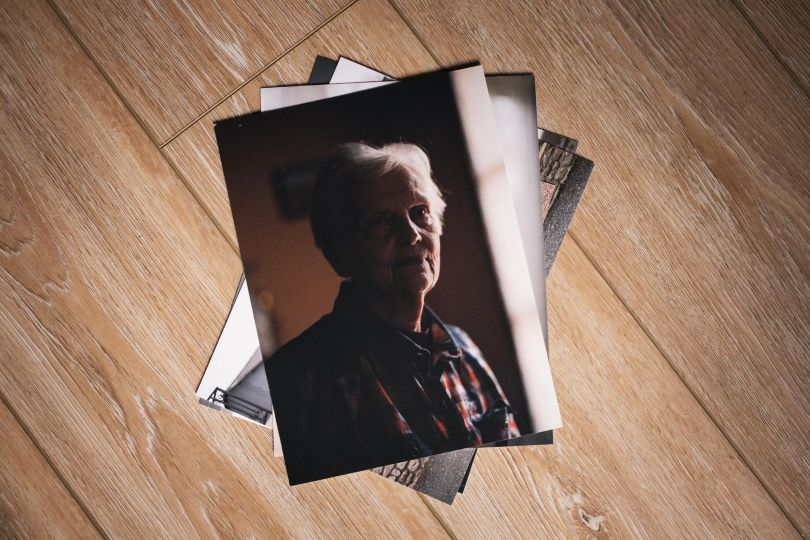Since its origins, the book has always been the medium of choice for distributing, collecting and presenting photographic works. Today, in the digital age, it is resisting, transforming and evolving with the new generations of artists who are making it their own.
Since its birth in the mid-19th century, photography has been closely linked to books. Depending on the source, either Anna Atkins or William Henry Fox Talbot are credited with the first occurrence of books illustrated with photographs, the latter having published Pencil of nature featuring 24 calotypes in 1844, twenty years after the invention of the very first photographic process by Nicéphore Niepce. After the First World War, reference books in the history of photography appeared: Brassaï’s Paris by Night (1933), August Sander’s Faces of an Era (1929), Walker Evans’ American Photographs (1938), accompanied by the first publishers to support exclusively photographic books.
“The book of photographs is an autonomous art form, comparable to a sculpture, a play or a film. Photographs lose their photographic character as objects in themselves to become components, expressed in printing ink, of an exceptional creation called a book.”
Ralph Prins
But it was after the Second World War that the tipping point was reached. Photographers became more involved in the creation of books, publishers multiplied and photo books entered the book market. William Klein, Robert Frank and others led the way during the thirty glorious years that saw photography penetrate specialized magazines, galleries and museums. Photographic books became works of art, sold as such. In the 80s, Actes Sud and Taschen published their first works, and artist-photographers were already beginning to push back the boundaries of the book, inventing new narrative forms and page layouts, using the book as a medium for storytelling, as well as a museum wall. Techniques also improved, manufacturing costs fell, and by the turn of the 90s and 2000s, the photographic book had become a widely distributed, mass-market medium, sometimes to the detriment of the quality of the works.
A personal, intimate relationship with the book
Today, despite digital technology and the multiplication of digital possibilities, books remain intrinsically linked to photographers’ work. It remains a medium prized, circulated and desired by collectors and lovers of photography, who like to keep them alongside other great names in the art world in their libraries, as well as alongside family albums containing personal photos. This intimate relationship with the photographic book leads contemporary photographers to appropriate it in a very fusional way, by delivering, through the choice of composition, but also of support and paper, a particular vision of their work. It can be narrative or experimental, and can combine with other means of expression. It’s a medium that offers freedom to artists, accompanied by publishers who support their work, in a complex market. Xavier Barral, Filigranes and Actes Sud dominate the field, but many small publishers are also opting today, in the face of these large-circulation houses, to focus on originality and experimentation. Paper mixes, textures, original printing or the rediscovery of ancestral prints, connected books, non-standard formats: the field of possibilities is almost limitless.
Pushing back the limits of the medium
At the same time, more and more photographers are turning to self-publishing, not only for the cost involved, but also for the possibility of composing their own work. It’s a new way of thinking about photography, and one that the market and industry are now taking into account, as evidenced by the fairs and meetings dedicated to self-publishing, as well as the workshops and exchanges taking place at major photo festivals. Some photographic production even takes place directly online, without intermediaries. Websites such as Saal Digital offer a range of supported and free-form templates for creating your own photobook, with the assurance of professional print quality. Whether you want to create a collection, a notebook or a portfolio, with a soft or hard cover, in linen, leather or other textures, with glossy, matt or satin-finish pages, in a sleek or contemporary layout, combining images and why not texts… Saal Digital accompanies you while leaving you in control of your medium. A simple, ergonomic way to create your own photo book today.
Photographic books, their market and distribution are changing. But to be open to the diversity of approaches and aesthetics that are renewing the genre, you need to be able to sort, select and find the means to be guided. This is the role of publishers (the main independent publishers, for example, are referenced on France Photo Book), distributors and reference media, who unearth what can touch us in the myriad of proposals that exist, and which sometimes creatively push back the boundaries of the photographic book.



































